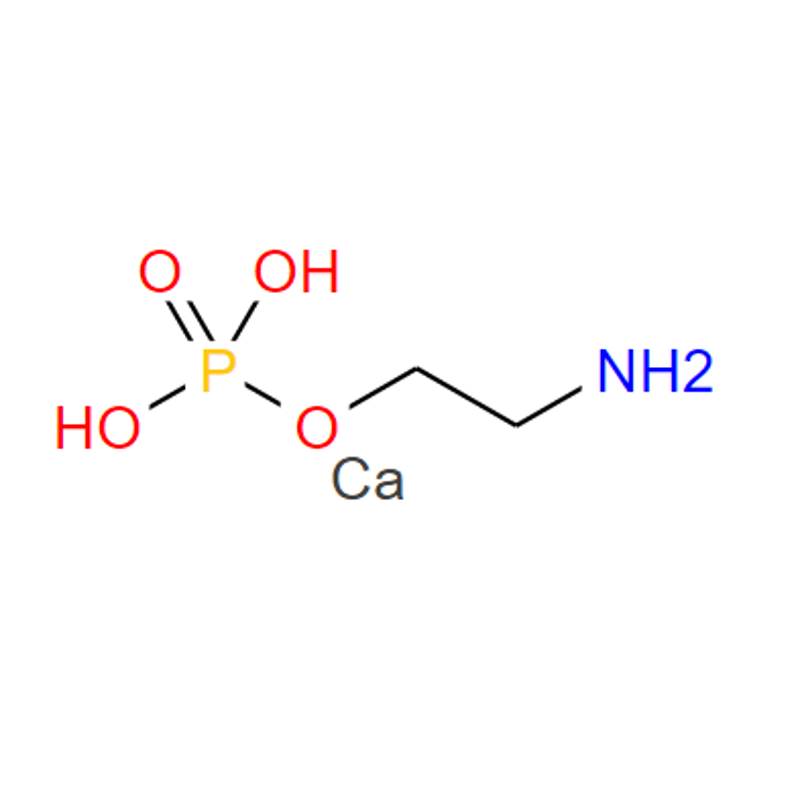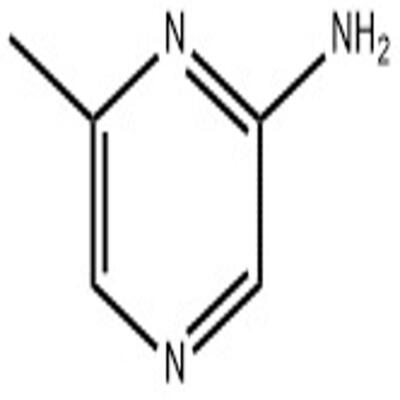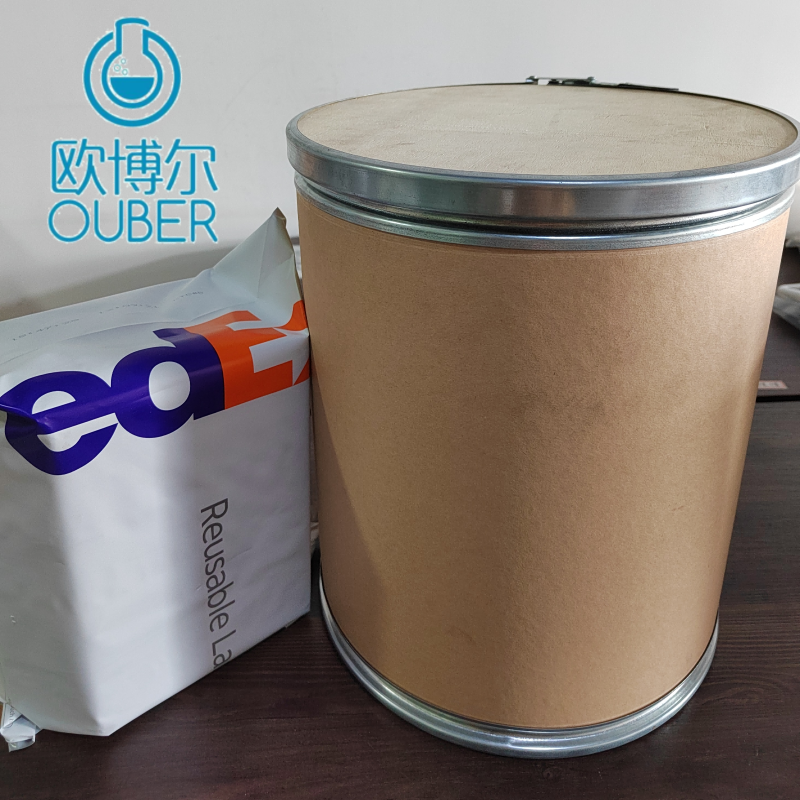-
Categories
-
Pharmaceutical Intermediates
-
Active Pharmaceutical Ingredients
-
Food Additives
- Industrial Coatings
- Agrochemicals
- Dyes and Pigments
- Surfactant
- Flavors and Fragrances
- Chemical Reagents
- Catalyst and Auxiliary
- Natural Products
- Inorganic Chemistry
-
Organic Chemistry
-
Biochemical Engineering
- Analytical Chemistry
-
Cosmetic Ingredient
- Water Treatment Chemical
-
Pharmaceutical Intermediates
Promotion
ECHEMI Mall
Wholesale
Weekly Price
Exhibition
News
-
Trade Service
3,4,5,6,7,8-HEXAHYDRO-2(1H)-QUINOLINONE is a chemical compound that is commonly used in the chemical industry.
It is an important intermediate in the production of a variety of chemicals and materials, and is therefore an essential component in the supply chain of many chemical industries.
One of the most common uses of 3,4,5,6,7,8-HEXAHYDRO-2(1H)-QUINOLINONE is in the production of dyes and pigments.
The compound is used as a starting material in the synthesis of a variety of azo dyes, which are used in textile finishing, printing inks, and plastics.
3,4,5,6,7,8-HEXAHYDRO-2(1H)-QUINOLINONE is also used in the production of pharmaceuticals and agrochemicals, as well as in the manufacturing of coatings and adhesives.
The production of 3,4,5,6,7,8-HEXAHYDRO-2(1H)-QUINOLINONE involves several steps, including extraction, purification, and synthesis.
The compound is usually extracted from its natural source, such as plants or minerals, using solvents such as water or ethanol.
The extracted material is then purified to remove impurities, such as salts or other chemicals, using techniques such as filtration, centrifugation, or chromatography.
After purification, the material is synthesized into 3,4,5,6,7,8-HEXAHYDRO-2(1H)-QUINOLINONE using chemical reactions and processes.
This synthesis process involves a series of chemical reactions that convert the starting materials into the desired product.
The specific synthesis route used depends on the availability and cost of the raw materials, as well as the desired properties of the final product.
The production and use of 3,4,5,6,7,8-HEXAHYDRO-2(1H)-QUINOLINONE can have a significant impact on the environment, as the compound may be toxic to aquatic life and other organisms.
As such, the chemical industry must carefully manage the production and disposal of 3,4,5,6,7,8-HEXAHYDRO-2(1H)-QUINOLINONE to minimize its impact on the environment.
This may involve using environmentally-friendly production processes, such as biotechnology or green chemistry, or implementing strict regulations and standards to limit the release of the compound into the environment.
In conclusion, 3,4,5,6,7,8-HEXAHYDRO-2(1H)-QUINOLINONE is an important intermediate in the chemical industry, with a wide range of applications in the production of dyes, pigments, pharmaceuticals, and other chemicals.
The production of 3,4,5,6,7,8-HEXAHYDRO-2(1H)-QUINOLINONE involves several steps, including extraction, purification, and synthesis.
The chemical industry must carefully manage the production and disposal of 3,4,5,6,7,8-HEXAHYDRO-2(1H)-QUINOLINONE to minimize its impact on the environment.







